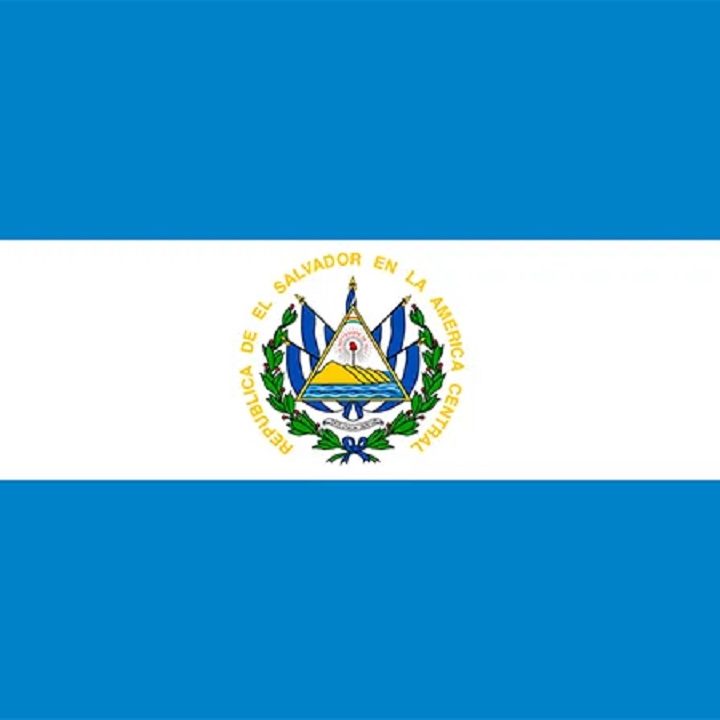20 Fascinating Facts About Papua New Guinea
1. Archaeological evidence suggests humans first arrived in Papua New Guinea by island-hopping over the Indonesian archipelago from Asia around 60,000 years ago.
2. Papua New Guinea used to be part of a prehistoric supercontinent called Sahul. It was composed of present-day Australia, Tasmania, and New Guinea before they were separated by rising sea levels around 10,000 years ago.
3. Papuans were plausibly the world’s first agriculturalists. Archaeologists have discovered evidence of gardening from up to 9000 years ago.
4. In 1526, Portuguese explorer Jorge de Meneses became the first European visitor to Papua New Guinea. He named one of the islands ‘ilhas dos Papuas’ or ‘land of fuzzy-haired people’.
5. In 1873, British explorer Captain John Moresby surveyed the southeast area of New Guinea and founded the capital city, Port Moresby, naming it after his father.
6. Britain, Germany, Australia, and Japan all occupied areas of Papua New Guinea until 1975 when the country finally gained full independence.
7. The flag of Papua New Guinea is red-black diagonally divided and features a yellow bird-of-paradise and the Southern Cross constellation.

8. Papua New Guinea is home to at least 750 tribes.
9. Around 80% of Papua New Guinea’s population reside in rural areas with few or none of the facilities of modern life.
10. Many tribes who live in the isolated mountainous interior have little contact with one another or the outside world. As such, many live within a non-monetarized economy dependent on localized farming.
11. Papua New Guinea shares the world’s second-largest island, New Guinea. New Guinea is split almost equally between Papua New Guinea to the east and Indonesia to the west. Discounting continental landmasses such as Australia, only the island of Greenland is larger.
12. Additionally, New Guinea is (geopolitically at least) split across two continents (transcontinental): Oceania and Asia.
13. The kink or “bite” on the international border between the two countries is a result of headhunting (the practice of taking and preserving a person’s head after killing them). In 1893, the area was awash with headhunting and the British, who controlled the southeastern quarter, found it difficult to combat due to the then vague border with the Dutch-controlled west New Guinea. The border was adapted allowing British authorities to patrol much further without having to cross international borders.
14. Some of the world’s most recent cases of cannibalism were reported in Papua New Guinea. During the 1960s in some villages among the Fore tribe, a recently deceased person would be cooked and consumed. It was considered an act of love and grief.
15. At the time, experts suggested the cannibalistic practice led to a mad cow-like disease that was causing the death of up to 2% of the population every year. This practice has now led to the Fore tribe developing genetic resistance to the disease.
16. As recently as 2012, 29 people were charged with alleged cannibalism in Papua New Guinea.
17. Papua New Guinea lies on the “Ring of Fire”, an area prey to volcanic activity. Recent eruptions include Mount Tavurvur in 2014, Kadovar Island in 2018, and Mount Ulawun in 2019.
18. Papua New Guinea is the world’s most linguistically diverse country, with nearly 850 native languages spoken.
19. Papua New Guinea is a world-class birding destination and is particularly famous for the colorful birds of paradise (Paradisaeidae). The national bird is considered sacred by some Papuan tribes but it is under threat from illegal trading, taxidermy, and poaching.

20. Papua New Guinea is one of 17 megadiverse countries in the world. Megadiverse countries are the world’s most biodiversity-rich countries.



Great info and straight to the point. I am not sure if this is in fact the best place to
ask but do you people have any thoughts on where to employ some professional writers?
Thanks 🙂 Escape room lista
Very interesting points you have remarked, regards for
putting up.?
Very good info. Lucky me I recently found your blog by accident (stumbleupon). I have saved as a favorite for later.
I’m extremely pleased to uncover this page. I need to to thank you for ones time for this particularly wonderful read!! I definitely loved every part of it and i also have you book marked to see new stuff on your blog.
I was pretty pleased to find this website. I need to to thank you for ones time due to this wonderful read!! I definitely savored every bit of it and I have you book-marked to look at new information in your blog.
An outstanding share! I have just forwarded this onto a co-worker who was doing a little research on this. And he in fact bought me breakfast simply because I found it for him… lol. So let me reword this…. Thanks for the meal!! But yeah, thanx for spending the time to talk about this subject here on your blog.
You have made some good points there. I checked on the internet for more information about the issue and found most individuals will go along with your views on this website.